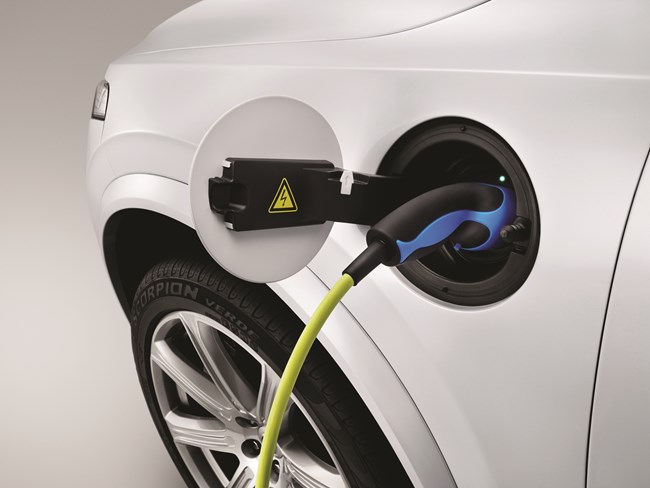We use cookies to ensure that we give you the best experience on our website. If you continue without changing your settings, we will assume that you are happy to receive all cookies on the Business Car website. However, if you would like to, you can change your cookies at any time

The start point for the best source of fleet information |
Fleet V2X role part of government EV smart charging plan
Date: 19 January 2023 | Author: Sean Keywood

Business fleets are set to play a role in the adoption of vehicle-to-X (V2X) technology in the UK, policymakers have said.
The new Electric Vehicle Smart Charging Action Plan, published by the government and energy regulator Ofgem, aims to help deliver lower energy bills and cheaper motoring through smart charging.
This technology allows EVs to be charged when power is cheaper or cleaner, and for energy from vehicles to be used to power homes or workplaces, or even sold back to the grid for a profit - the latter two falling under the banner of vehicle-to-X (V2X).
Discussing the technology, the plan states: "Bidirectional V2X energy technologies will be more commonplace in [the late 2020s], particularly for fleets of business vehicles and where households are powering their EVs from domestic-scale renewables such as solar panels, reaching widespread deployment by 2030."
The plan sets out government aims for widespread smart EV charging to help keep electricity costs down for all bill payers, whether they own an EV or not, and for smart charging to enable a secure and stable net zero energy system.
It targets smart charging becoming the norm at all long-duration charging locations, and a wide range of information about charging being made available.
It says smart charging should be straightforward and convenient at home, at workplaces, and in public, and targets the UK becoming an incubator for competitive EV energy and charging businesses.
To help achieve these goals, the plan sets out commitments including the government and Ofgem working with industry to improve smart charging info for customers, and to build an evidence base around smart charging to inform policy development.
Under the plan, the government will also support the industry to implement a voluntary EV energy consumer service code of best practice in 2024, and monitor its take-up by 2025.
It will also ensure that all EV private chargepoints are secure and interoperable with demand side response service providers, and investigate the technical and economic potential of public smart charging and address the barriers to it at all long duration public charging settings.
It also says it will deliver the Vehicle-to-X Innovation Programme to address barriers to wide-scale deployment specific to the technology by 2025.
The plan states the government will work with Ofgem and the industry to build the evidence base to understand the relative costs and benefits of smart and rapid public charging, including quantifying the energy system costs, carbon emissions, and potential charging costs to inform future policy direction.
In addition, Ofgem will work with distribution network operators to ensure that there is a consistent connection process for V2X across all regions, and Ofgem and the government will consider and assess what barriers may exist to the development and uptake of new smart charging products and services.
Energy and climate minister Graham Stuart said: "We want to make smart charging an easier choice for drivers of electric vehicles, whether that is charging on the driveway, at the workplace, or parked on the street.
"To do that we need to build new network infrastructure at pace, using the latest available technologies.
"Today's plan sets out how we will work with Ofgem and industry to kickstart the market for smart charging, which we are backing up with £16 million in innovation funding. This will let people take control of their energy usage, in the most convenient and low-cost way."











